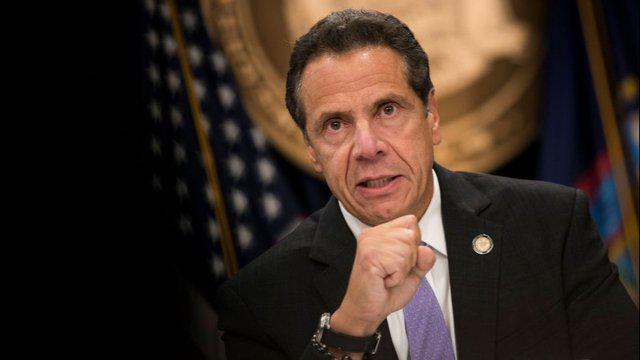|
With narrow window to sue, New York abuse survivors must act no
By Tim Hale
The passage of New York’s Child Victims Act, the result of a long-fought war for childhood sexual abuse survivors and an important precedent for other states to follow, provides a narrow window of opportunity for survivors to come forward. In 2003, I was one of the attorneys who led civil litigation for a precedent-setting case after California opened a one-year window lifting the statute of limitation for claims against private institutions. During that litigation, hundreds of clergy abuse victims came forward, including 25 who united to end decades of child-endangering secrecy by the Roman Catholic religious order known as the Franciscan Friars. The litigation forced the publication of secret files documenting abuse by Franciscan priests and brothers. Despite the Catholic Church fighting all the way to the California Supreme Court to prevent the release of those files, we persisted and prevailed. This groundbreaking battle through the trial and appellate courts became the basis for similar institutional releases of perpetrator files around the country. In California alone, this civil litigation and discovery process led to the public identification of hundreds of perpetrators, as well as church hierarchy members who concealed the perpetrators’ crimes from law enforcement and the public. A one-year window is short. I often wonder how many children were saved from sex crimes as a result of California’s one-year window. Then I’m reminded of the victims who came forward too late, after the window closed, and were denied their chances to obtain justice. California is one of the only states to have opened a one-year window. This precedent offers valuable lessons that can inform New York’s survivor, legal and social service communities, including the benefits of victims coming forward quickly. Many survivors have fought through embarrassment and shame fueled by the mistaken belief that the abuse they suffered was somehow “their fault,” and that they were their perpetrator’s only victim. When they spoke out, they empowered others to do the same. Often, they proved their perpetrator was a serial abuser. Survivors who speak their truth not only obtain justice for themselves, but protect others from falling victim to perpetrators in institutional cultures of hidden sexual abuse. It is also important to look beyond the Catholic Church. Much of the discussion around New York’s Child Victims Act has been focused on the Catholic Church, and rightfully so. But the reality is that institutional coverups of child sex abuse are not unique to the Catholic Church. In 2012, a California trial court ordered the Boy Scouts of America to turn over their secret “perversion files,” documenting decades of childhood sexual abuse in Scouting in every state, including New York. Thousands of perpetrators were identified. These court fights show that a common theme among institutions that cover up such crimes can be found in their reporting policies. From homes that are supposed to help at-risk youths, to various youth and religious organizations, the pattern of conduct is to redirect all abuse accusations internally and keep them out of the hands of law enforcement. Even when such organizations bow to public pressure to end such practices, they often say the right things publicly but do not change their child-endangering policies. Only through civil lawsuits, such as those that will come in New York, are these organizations forced to prioritize the safety of children. We also need to question if a one-year window is sufficient and just. The Catholic and insurance industry lobbies have fought so hard against revealing the cover-ups that we’ve normalized claiming victory for a one-year window. This is a start, but it is wholly inadequate. There should never be a time limit to fight for justice involving a crime that haunts its victims for a lifetime and rarely is an isolated occurrence. Most victims of childhood sexual abuse never tell anyone. Those who come forward most often do so later in life. Let’s speak up as citizens, survivors, parents and humans and demand that the window be extended, and that statutes of limitation related to childhood sexual abuse be eliminated. We must always prioritize protecting children over protecting the reputation of any private or public institution. To leave any victim, at any age, without recourse to seek justice is devastating psychologically to the survivor, and unacceptably dangerous to today’s children — in any state. While New York’s window is short, much positive ground can be gained if victims speak out now. Just as the #MeToo movement leveraged the power of social media to galvanize women to speak out, we must seize the opportunity New York’s Child Victims Act affords and recalibrate the expectation: no statute of limitations, ever, for childhood sexual abuse.
|
.
Any original material on these pages is copyright © BishopAccountability.org 2004. Reproduce freely with attribution.
